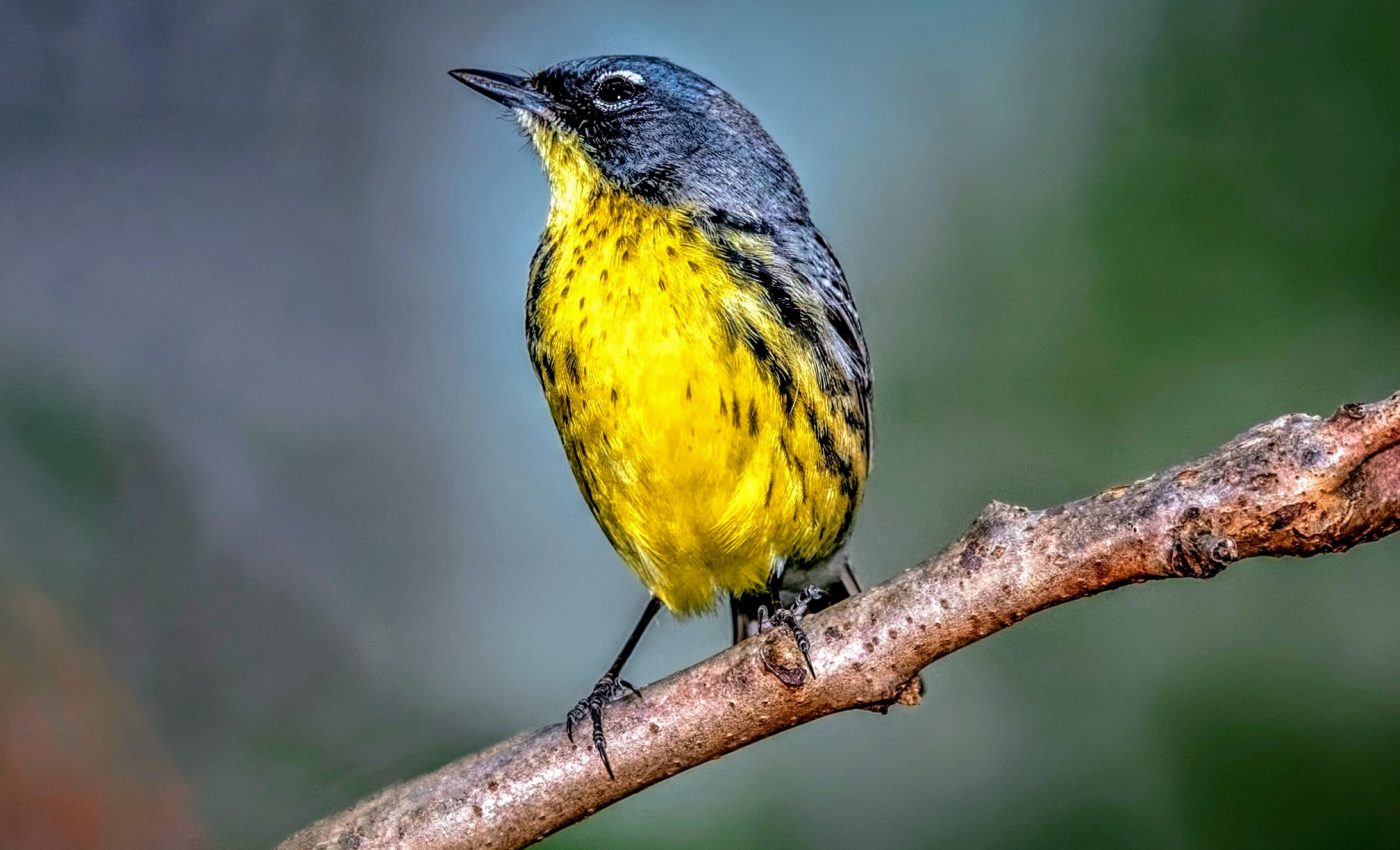
Birds struggle to survive spring migration after bad winters
Bird migration is a fascinating phenomenon that’s been puzzling scientists for years. It turns out, the influence of environmental conditions faced by birds in their winter homes significantly influence their spring migration and consequent breeding season survival rates.
This discovery, thanks to researchers at the Smithsonian’s National Zoo and Conservation Biology Institute (NZCBI), paves a new direction in our understanding of bird survival and conservation.
What do we know about bird migration?
Scientists already knew that winter habitat quality has some influence on migration timing and the breeding success of migratory birds.
However, this latest study marks the first instance where winter conditions have been linked directly to migration survival rates – particularly for the Kirtland’s warbler and the black-throated blue warbler.
For both species, diminished vegetation and reduced rainfall in their Caribbean non-breeding habitats resulted in fewer birds surviving the spring migration.
In the case of Kirtland’s warblers, the poor quality of winter habitat also reduced survival in the following breeding season.
Birds’ ability to survive migration
As climate change ramps up in the coming decades, Caribbean habitats are expected to become drier – causing migratory bird species to face even greater challenges. Why and how does all this matter?
“If winter habitat quality continues to degrade over the next half-century due to climate change, we can now say that it will reduce birds’ ability to survive spring migration,” said study lead author Nathan Cooper, a research ecologist at NZCBI.
“That knowledge can help us prioritize conservation measures on the most drought-resistant non-breeding grounds.”
Conditions before spring migration
Back in 2017, Cooper and his team set out to investigate how environmental conditions on non-breeding grounds affect survival during spring migration and on the breeding grounds.
The catch? GPS tags, the perfect tool to track individual birds continuously, are too heavy to attach to most songbirds. So, the researchers had to rely on lighter devices, like radio transmitters, which only reveal a bird’s location when a receiver is within 6 to 10 miles.
On the other hand, Kirtland’s warblers offered a distinct opportunity as nearly the entire population breeds in a relatively small part of Michigan. This allowed the researchers to track down the same individual birds tagged in their non-breeding habitat in the Bahamas.
Migratory bird survival rates
The team analyzed three years of radio tracking data from 136 tagged Kirtland’s warblers to estimate their survival rate across their migration and its relation to environmental factors.
The experts also used a statistical technique developed by study co-author Scott Sillett to indirectly estimate migratory survival rates for black-throated blue warblers.
With 14 years of capture-recapture data from their New Hampshire breeding grounds and non-breeding grounds in Jamaica, the researchers refined Sillett’s methods.
Can birds survive poor conditions?
Regardless of the methodology, both species of warblers showed lower survival rates during migration compared to birds stationary periods.
Poor winter habitat conditions such as drought or reduced vegetative productivity, led to lower survival rates during spring migration and sometimes in the following breeding season as well.
The most significant breakthrough of this study? It’s the first direct evidence of this type of carry-over effect on survival during migration.
With this discovery, scientists can now reliably estimate survival during migration versus stationary periods. A crucial step towards figuring out when, where, and how birds are dying throughout the year, according to Cooper.
Supporting migratory birds
However, Cooper emphasizes the importance of a holistic approach. It’s still unclear whether deaths during migration are the leading cause of mortality or simply one of several factors.
Cooper and co-authors Clark Rushing from the University of Georgia and Scott Yanco from the University of Michigan have received a four-year grant from the U.S Fish and Wildlife Service’s Great Lakes Restoration Act to build full annual-cycle population models for Kirtland’s warblers.
This model will prove invaluable for the conservation of other declining migratory species.
The study is published in the journal Current Biology.
—–
Like what you read? Subscribe to our newsletter for engaging articles, exclusive content, and the latest updates.
Check us out on EarthSnap, a free app brought to you by Eric Ralls and Earth.com.
—–













